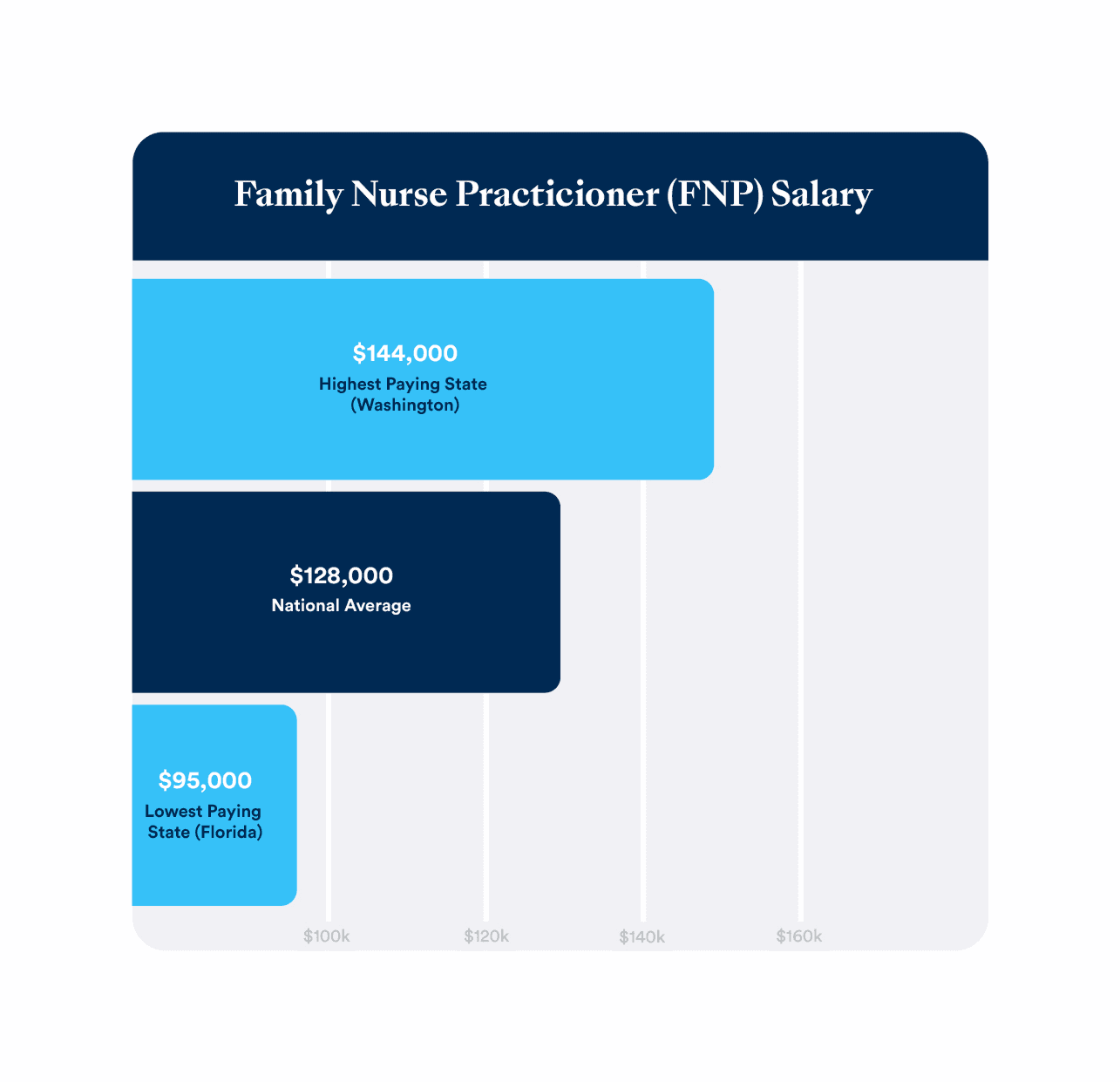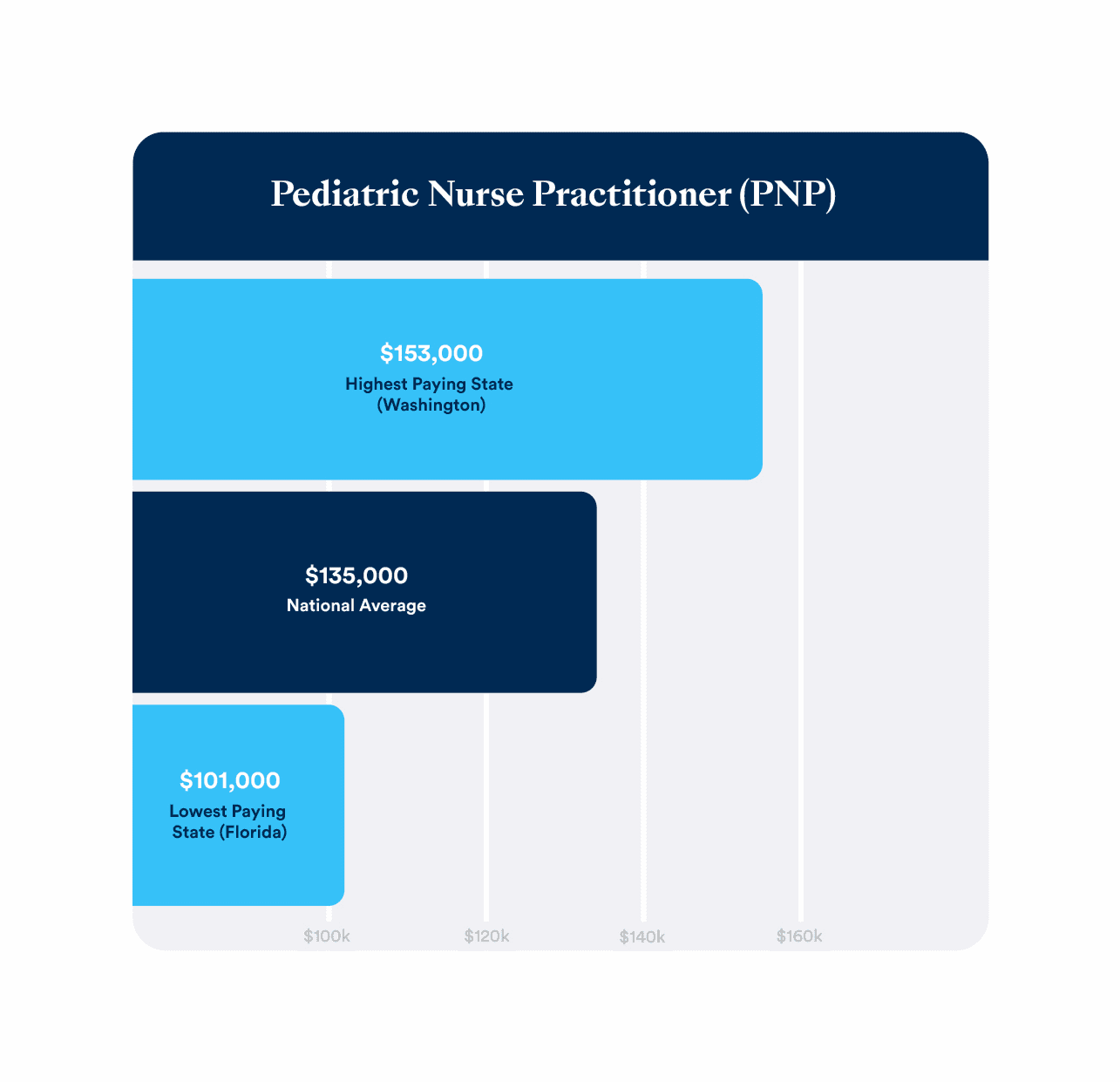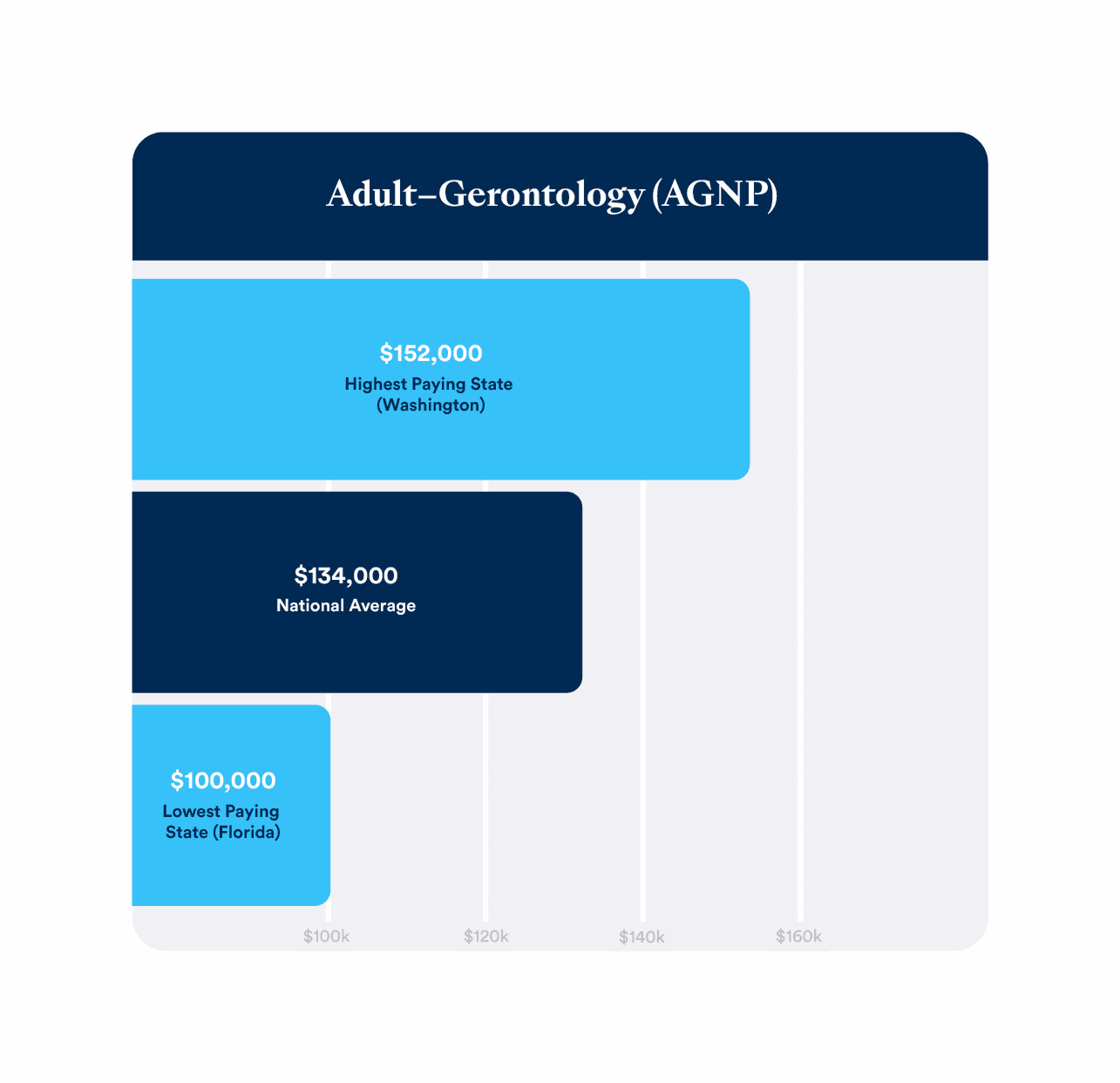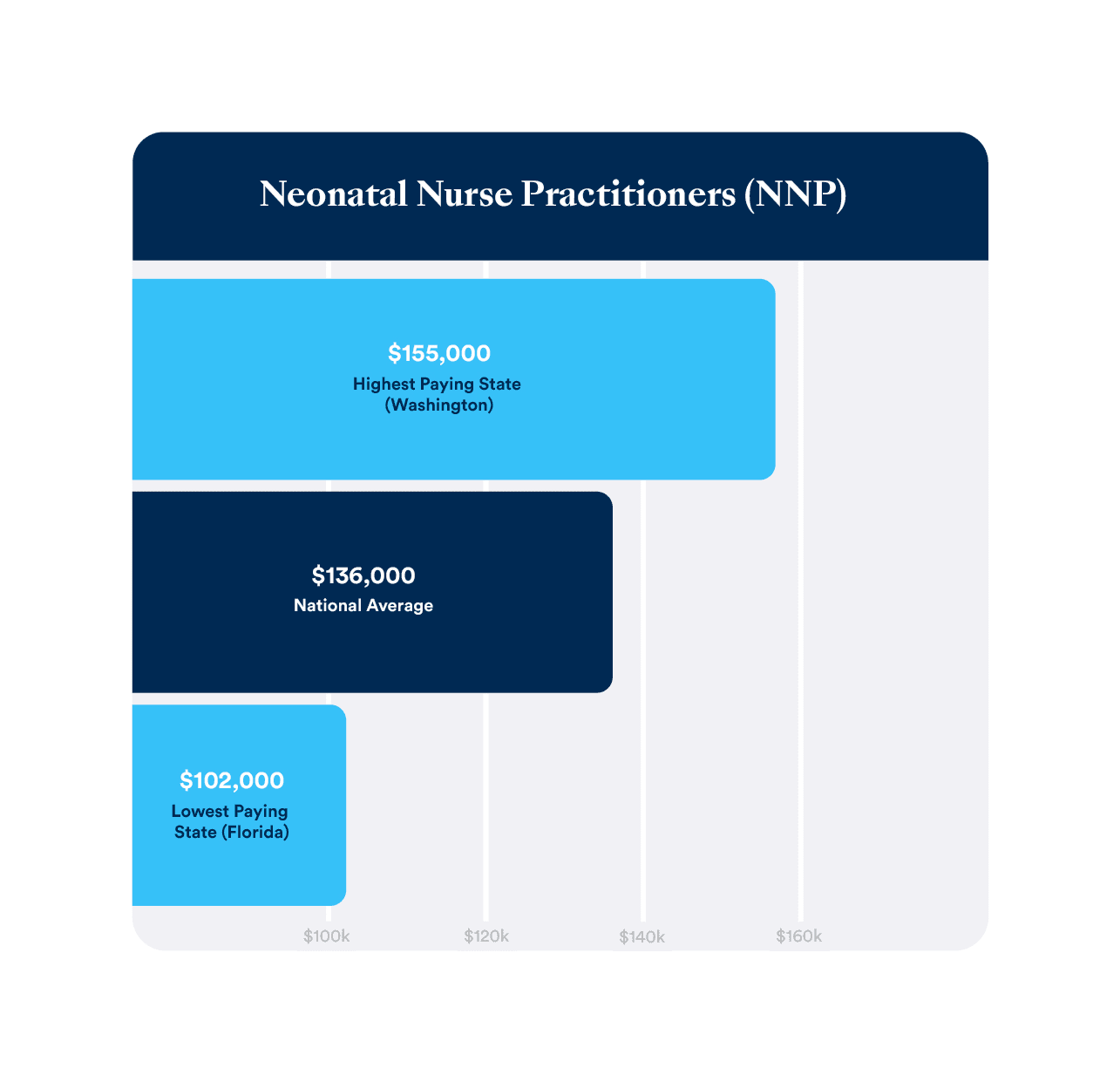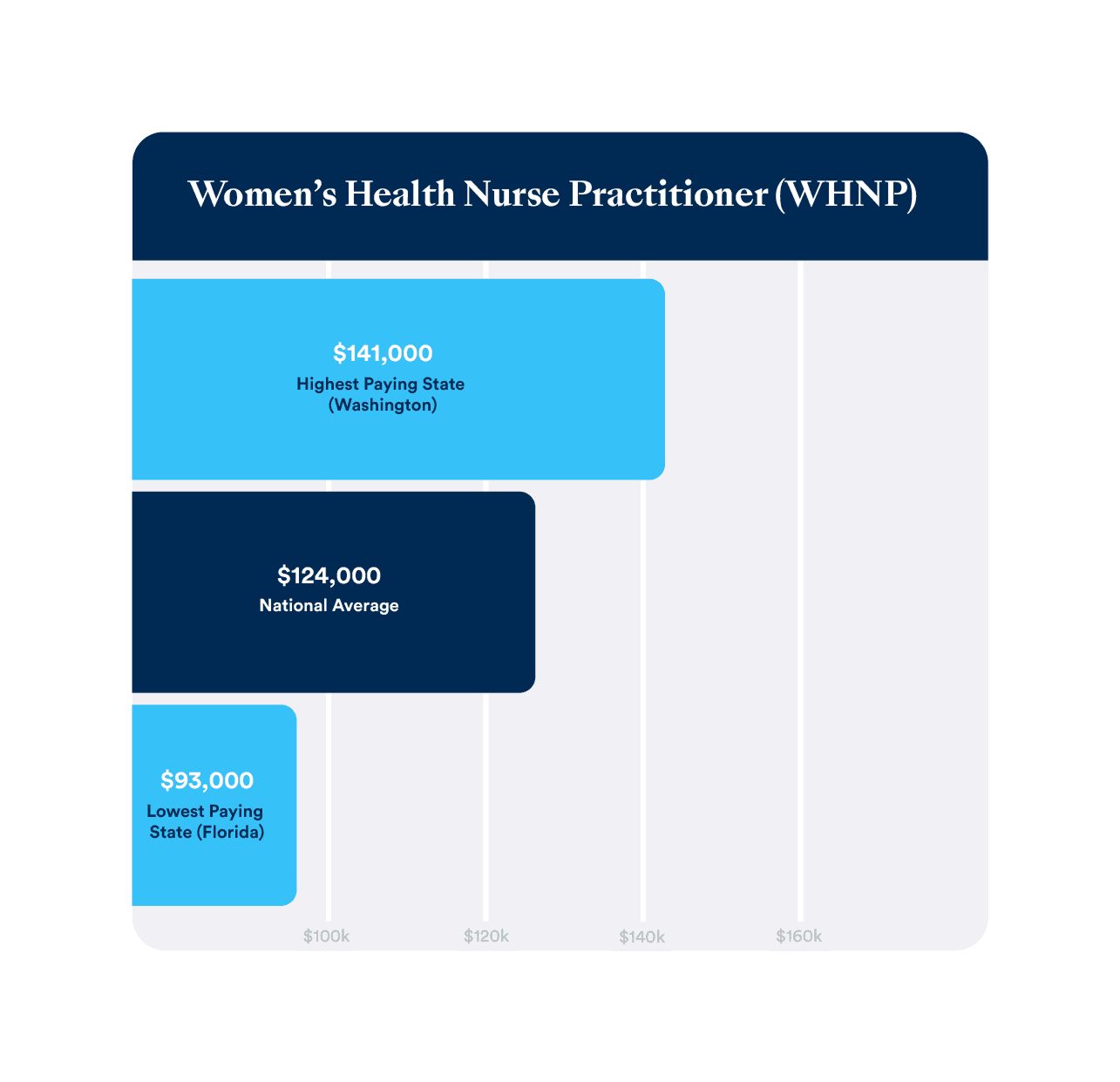
Future Trends in the Primary Care APP Job Market
Learn why the future for advanced practice providers looks brighter than ever, and how PS&D can help you take your career to the next level.
June 18, 2025
Advanced practice providers (APPs) are playing larger roles within Primary Care settings, leading some experts to believe that APPs will be key in meeting the healthcare needs of the coming decade.
The Health Resources and Services Administration’s (HRSA’s) Bureau of Health Workforce estimates a surplus of 74,770 nurse practitioners (NPs) and 13,190 physician associates (PAs) in Primary Care by 2036.
The upward growth of APPs should come as no surprise, considering physician assistants and nurse practitioners represent some of today’s fastest growing and "best" jobs in healthcare. It does, however, raise some important questions:
- What does this growth mean for APP careers in Primary Care?
- What can we expect to see in the near future for APP salaries?
- How can APPs embrace new opportunities and technologies to achieve their career goals?
Let’s explore the data, examine three emerging trends, and discuss how today’s APP healthcare professionals can make informed decisions about the future of their careers.
(Ready to take the next step in your advanced practice provider career? Contact PS&D today.)
Trend #1: Primary Care APP Job Opportunities and Salaries Will Continue to Grow
Primary Care opportunities for advanced practice providers are growing, both in the scale of their employment and in terms of wage growth potential, work-life balance and prospects for the field.
According to US News and World Report, nurse practitioners and physician assistants are rated as the #1 and #2 best healthcare jobs, respectively, and are ranked the #1 and #3 best jobs overall.
The popularity of APP careers is understandable, given that both PA and NP roles offer medical professionals the autonomy to diagnose and treat illnesses, prescribe medication and build a community of patients to care for, all without the time and expense of medical school and residency.
But what does growth for these roles really look like? Let’s explore the numbers.
Primary Care Physician Assistant Job Outlook 2023-2033
- Employment of physician assistants is projected to grow 28% from 2023 to 2033
- This is much faster than the current projected 4% average for all occupations
This is a promising forecast for Primary Care physician assistants, and the outlook is even stronger for nurse practitioners.
Primary Care Nurse Practitioner Job Outlook 2023-2033
- Nurse practitioners have a strong career outlook, with job growth projected to increase 46% by 2033
- The Health Resources and Services Administration is predicting a 107% growth between the years of 2022 and 2037 for nurse practitioners
But it’s not just the job forecasts that appear robust. Salary growth for Primary Care APPs also appears to be healthily trending upward.
Average Salaries for Primary Care Advanced Practice Providers
Primary Care Nurse Practitioners
- Nurse practitioners made $130K annually in 2024
- Salary-based NPs made $131K on average
- Hourly-based NPs made $137K on average
According to Medscape, total compensation for nurse practitioners and other nursing specialists rose between 7% to 18% on average in 2024.
Primary Care Physician Assistants
- The average PA made about $140K annually in 2024, which is a 6% increase over 2023’s average salary for physician assistants.
Key Takeaways on APP Career and Salary Growth
- Career opportunities are increasing
- Salaries are steadily growing
- NPs and PAs report high job satisfaction
- NP and PA jobs are rated as some of the best jobs in healthcare
Trend #2: Training, Development and Specialization Will Become Key Ways APPs Can Advance Their Careers
Physician Assistant Leadership Opportunities
Primary Care APP career opportunities are growing, salaries are steadily increasing and the scope of leadership roles are expanding, giving physician assistants and nurse practitioners more ways in which they can achieve their career goals.
For Primary Care PAs, the role can be a path to elevating their career. It can open doors to formal leadership opportunities, including management and roles in research, pharmaceuticals and education.
Moving into leadership roles can have a big impact on salary growth for PAs. Vice President or Senior Vice President PAs, for instance, earn a median annual salary of about $180K, according to recent research. These roles were also more likely to receive bonuses and higher median bonuses than the average PA in leadership positions.
PS&D’s Career Development In Practice: Marina Sarwary
A great example of the pathway from PA to leadership is Marina Sarwary, MSPA, PA-C, who transitioned from physician assistant to medical director over Providence ExpressCare clinics in southern California.
For Marina, this pathway was a natural evolution of her long-held career goals. Providence ExpressCare provided a space between Primary Care and the emergency room, where she could do procedures, help people who needed care fast and act as an extension of a Primary Care doctor.
Now, in her role as medical director, she paves the way for other advanced practice providers to achieve their own goals.
Physician Assistant Training and Development Opportunities
Of course, training and development also plays a critical role in the development of a PA’s career, and the data suggests they’re embracing the opportunity to advance.
According to the National Commission on Certification of Physician Assistants:
- 23.5% of newly certified PAs plan to seek additional education or clinical training within the next three years
- 11.7% said they intend to pursue an advanced degree related to the PA profession
- The number of PAs seeking advanced degrees is up 7.6% since 2019
Physician Assistant Specialization Opportunities
The National Commission on Certification of Physician Assistants now offers board certification in 11 medical and surgical specialties, with more in development.
These specialties include:
- Dermatology
- Emergency Medicine
- OB-GYN
- Occupational Medicine
- Pediatrics
- Psychiatry
Nurse Practitioner Specialization, Training and Development Opportunities
For nurse practitioners, the pathway to career advancement is slightly different, and typically centered on specialization-based roles.
The most common specializations for nurse practitioners include:
- Nurse Educator — teaching other nurses practical and technical skills in a university or hospital setting
- Nurse Informacist — specializing in the understanding, application and optimization of a hospital’s information system as it applies to patients and care teams
- Nurse Policy Specialist — influencing health policy creation through a unique understanding of how local, state, and federal health systems interact with one another
- Chief Nurse Officer — Directing the operations of nursing staff and developing, analyzing and proposing various health and professional policies
- Nurse Researcher — focusing on clinical research, health systems and nursing education
- Nurse Administrator — managing nursing units, teams, departments and sometimes the entire health system’s nursing staff while creating policy at an executive level
While these NP specializations are diverse, their average salaries are typically lower than standard NP positions, and often pull the professional away from patient care.
For nurse practitioners who want to remain in patient-focused roles, the Primary Care career pathways are abundant:
Salary by Position:
Family Nurse Practitioner
The Family Nurse Practitioner (FNP) role has an average salary of $128K nationally. The highest paying state for this position is Washington, with an average salary of $144K, while the lowest paying state is Florida, with an average salary of $95K.
A nurse practitioner typically has the ability to switch specialties, and this switch will generally include additional training, certifications and licensure.
The healthcare professionals pursuing these Primary Care-based certifications are plentiful. In 2023, The American Academy of Nurse Practitioners reported that they awarded nearly 200,000 Family NP and Adult Gerontology NP certifications alone.
Key Takeaways on APP Specialization, Training and Development
- There’s a range of diverse professional opportunities within APP Primary Care
- Compensation can vary dramatically, depending on the state and specialization
- Certifications for NPs and PAs in Primary Care and medical and surgical specialties are growing
Trend #3: Technological Innovations Will Continue to Have an Enormous Impact on Primary Care APPs
As is the case for most industries, technological advancements continue to have a big impact on how Primary Care APPs diagnose and treat their patients.
According to Medical Economics, experts are predicting the global digital health market will grow at a compound annual growth rate of 18.6% by 2030.
The intent is to give more patients access to timely medical advice through increasingly common solutions like telemedicine.
APPs are leveraging these technology solutions to change the way they deliver healthcare, increase their efficiency, reduce administrative burdens, improve communication with patients and colleagues and deliver better outcomes.
Some of the most notable areas where technology is making big impacts for Primary Care APPs beyond telehealth include:
- EHRS
- Portable Diagnostic Devices
- EMMS
- Robotic Assistance
Of course, artificial intelligence and machine learning are also central components of the conversation surrounding technological advancements in healthcare.
Though there is a wariness surrounding the impact and accuracy of some artificial intelligence tools, these applications continue to improve day-after-day in their ability to make APPs more productive, allowing them to focus more of their attention on delivering patient care.
Even seasoned physician assistants are encouraging professionals to embrace AI and machine learning, noting that advancements like AI will not replace, but assist, APPs in lessening the burden of administrative work, predict health trends and streamline the diagnostic process.
Key Takeaways on Technological Advancements for APPs
- The digital health market is growing rapidly, due in large part to the increase in digital adoption during the COVID-19 pandemic
- Early adopters of technological advancements, like Providence, are providing increased access to care while reducing administrative burden and lightening mental load
- AI and machine learning will be pivotal in assisting, not replacing, APPs and their peers
Advanced Practice Providers Have a Partner in PS&D
Physician assistants and nurse practitioners are vital to meeting our nation’s current and future healthcare needs. PS&D has a well-documented history of pairing APPs with the health systems and patients who need them most.
Founded and owned by Providence, we recruit for hundreds of jobs within its seven-state footprint, in addition to dozens of other partners across the country. Our recruiters don't have quotas, and we don't work on commission. Our goal is simple — to offer our expertise and guidance so you can reach your professional goals and find personal fulfillment.
To explore APP Primary Care job opportunities, connect with a PS&D recruiter today.
